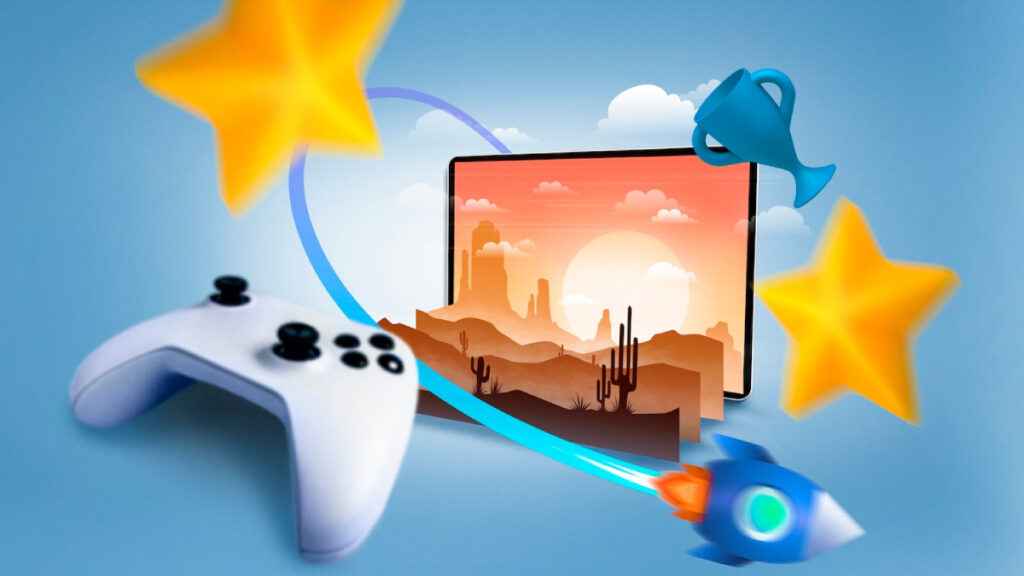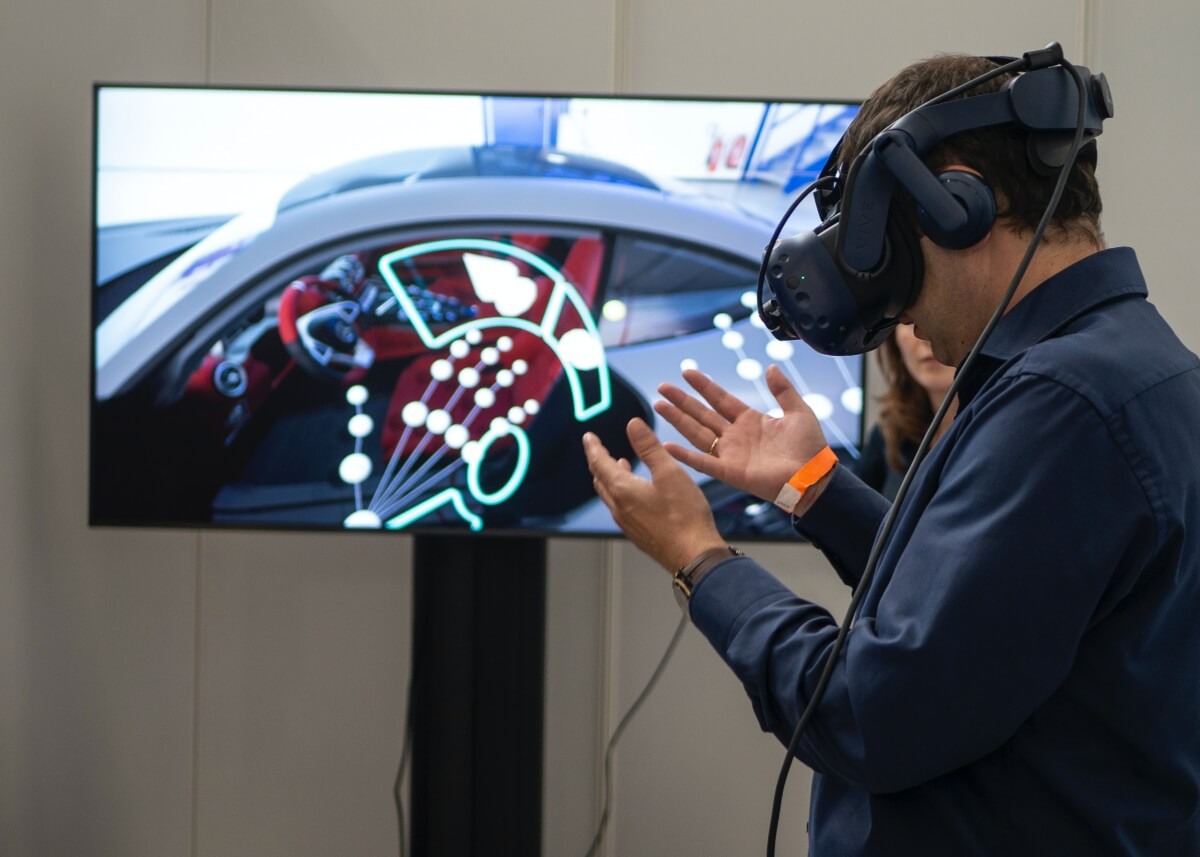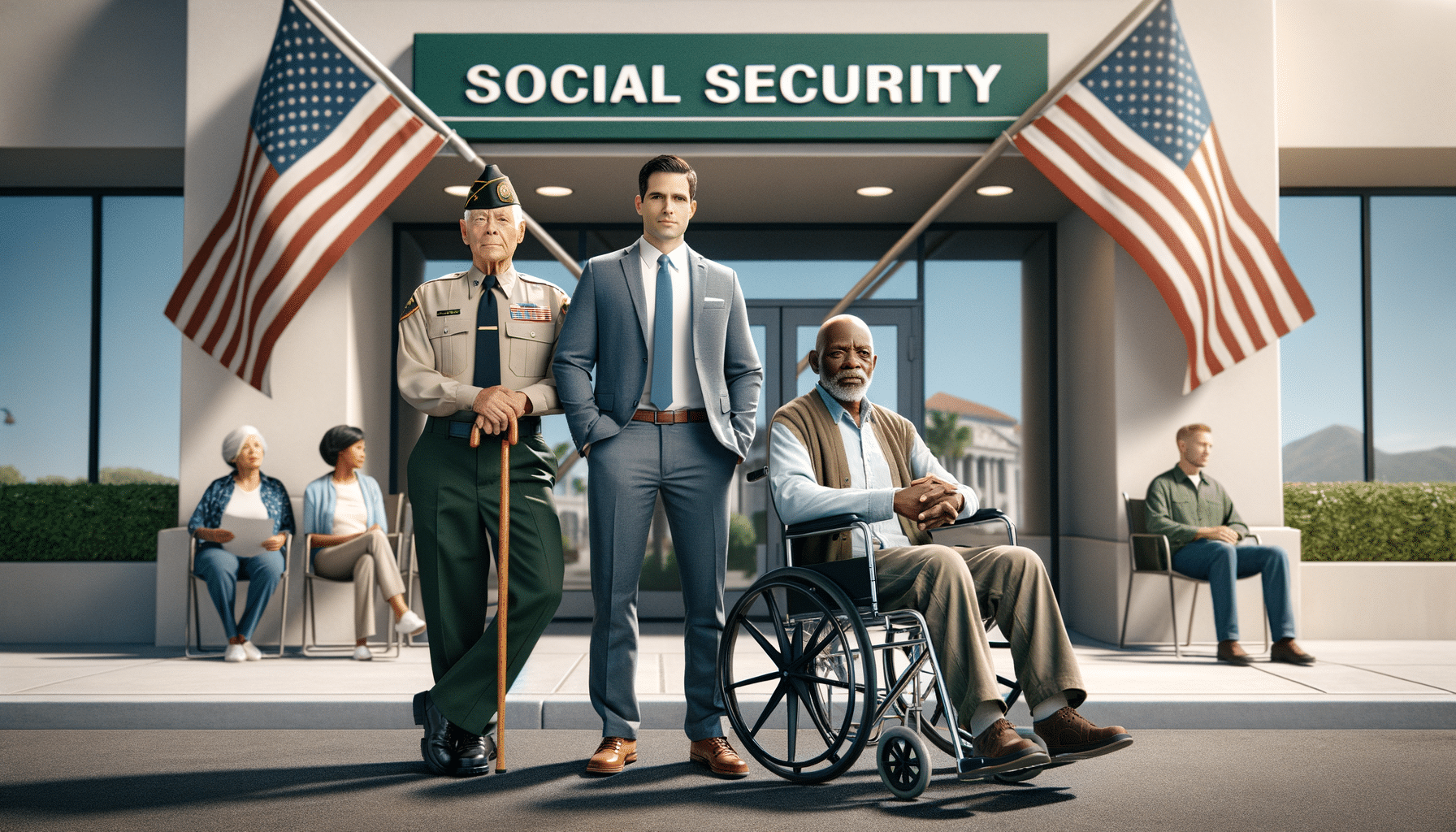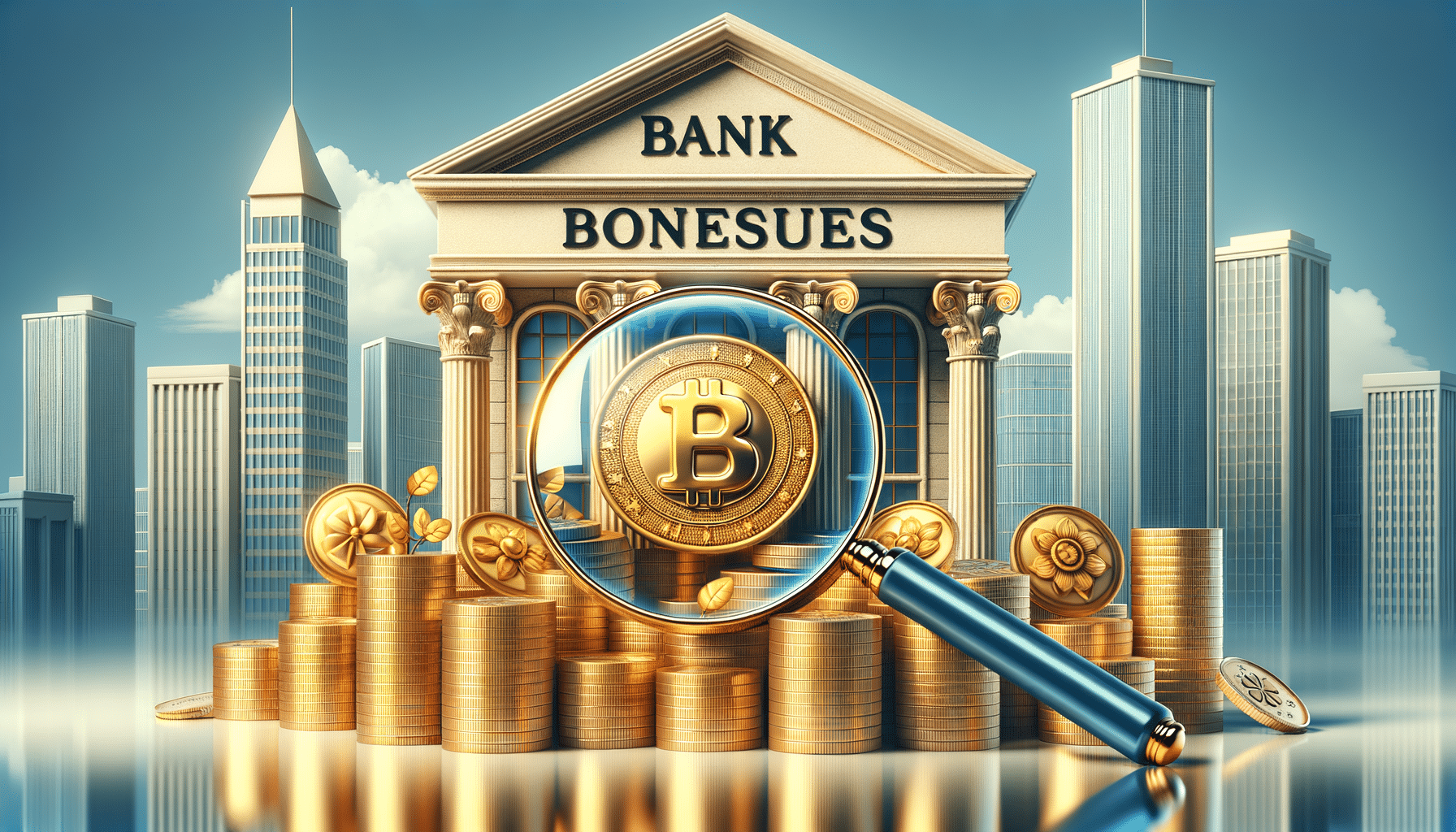
Gamification in Retail: How to Boost Customer Engagement
Today, retail is competitive. Businesses use gamification marketing to make shopping more interactive, which helps boost customer engagement. By adding game-like features to shopping, retailers can increase customer loyalty and drive repeat buying, making the shopping experience more enjoyable.
Gamification uses consumer psychology. It offers rewards, challenges, and social interactions, making shopping more engaging. This guide looks at the benefits of gamification in retail and covers key engagement tactics and strategies. These methods help create gamified experiences that increase customer loyalty and sales.
Why Gamification Works in Retail
1. Increases Customer Engagement
- Gamification makes shopping interactive, adding fun and rewards to the experience.
- Customers tend to explore products and offer more when they feel motivated.
- Interactive experiences encourage users to return frequently.
2. Drives Brand Loyalty
- Reward-based challenges create a sense of achievement and exclusivity.
- Tiered rewards programs encourage customers to strive for higher benefits.
- Personalised game mechanics increase emotional connection with the brand.
3. Boosts Sales and Conversion Rates
- Shoppers who engage in gamified experiences are more likely to complete purchases.
- Limited-time challenges and countdowns create a sense of urgency.
- Customers tend to spend more to reach loyalty milestones.
4. Encourages Word-of-Mouth Marketing
- Social-sharing features drive organic brand promotion.
- Referral-based gamification strategies reward customers for bringing in new shoppers.
- Gamified leaderboards encourage friendly competition among users.
Popular Gamification Techniques in Retail

1. Loyalty Programs with Gamified Tiers
- Customers earn points for purchases, social interactions, and engagement.
- Tiered membership levels unlock exclusive perks and benefits.
- Example: Sephora’s Beauty Insider Program offers escalating rewards based on spending.
2. Spin-to-Win & Instant Rewards
- Digital spin wheels or scratch cards provide instant gratification.
- Customers engage with the brand in exchange for discounts or free products.
- Example: Many eCommerce sites offer “Spin to Win” pop-ups with surprise rewards.
3. Augmented Reality (AR) Shopping Games
- AR-powered treasure hunts lead customers to hidden discounts and promotions.
- Interactive filters allow shoppers to try on products virtually.
- Example: Nike’s AR Sneaker Hunt incentivises customers to explore product drops.
4. Referral and Social Media Challenges
- Customers earn rewards for referring friends to the brand.
- Sharing products on social media unlocks exclusive perks.
- Example: Starbucks Rewards offers bonus points for social referrals.
5. Daily or Weekly Challenges
- Shoppers can earn badges or prizes by completing certain actions. These include visiting a store, writing reviews, and making repeat purchases.
- Encourages habit-forming behaviours that drive sales.
- Example: Duolingo’s gamified learning streaks inspire daily engagement.
6. Leaderboards & Competition-Based Rewards
- Customers compete against each other to earn top rewards.
- Leaderboards increase brand interaction and competitiveness.
- Example: Nike Run Club ranks users based on workout participation.
7. Mystery Discounts & Surprise Offers
- Customers receive surprise discounts when they engage with the brand.
- Works effectively during major sales events to boost excitement.
- Example: Amazon’s Lightning Deals create a sense of urgency and exclusivity.
How to Implement Gamification in Retail
1. Identify Business Goals
- Choose a goal: increase sales, drive traffic, improve retention, or enhance loyalty.
- Tailor gamification strategies to align with key performance indicators (KPIs).
2. Create Reward Structures That Resonate
- Ensure rewards match customer interests and spending behaviours.
- Offer a mix of discounts, exclusive access, free products, and experience-based rewards.
3. Make It Easy to Participate
- Gamified experiences should be intuitive and simple.
- Ensure participation is accessible across mobile, web, and in-store platforms.
4. Integrate Gamification with Existing Loyalty Programs
- Combine gamification elements with existing reward systems.
- Use AI-driven insights to personalise challenges based on customer behaviour.
5. Encourage Social Sharing
- Enable customers to showcase their achievements on social media.
- Offer referral-based incentives that reward social interactions.
6. Track Performance & Optimize Continuously
- Use analytics to measure engagement, conversion rates, and customer retention.
- Adjust challenges and rewards to maximise participation.
Future Trends in Gamification Marketing
1. Metaverse and Virtual Shopping Engagements
- Retailers will create virtual worlds where shoppers can complete challenges and earn rewards.
- AI-driven avatars will personalise gamified shopping experiences.
2. AI-Driven Personalized Gamification
- AI will tailor game experiences to individual shopping preferences.
- Predictive analytics will adjust challenges based on user behaviour.
3. NFT and Blockchain-Based Rewards
- Brands will offer digital collectables and blockchain-powered loyalty incentives.
- Customers will earn NFT-based perks for completing challenges.
4. Wearable-Integrated Retail Gamification
- Smartwatches and fitness trackers will connect with retail challenges.
- Example: Retailers may reward customers for completing fitness goals that sync with their brand values.
5. Voice-Activated Gamification
- Smart speakers and voice assistants let users join in on voice shopping games.
- Example: Alexa users may unlock rewards for daily shopping quizzes.
Case Studies: Brands Successfully Using Gamification

1. Starbucks: Gamified Loyalty & Challenges
- Starbucks Rewards incentivises repeat purchases with bonus challenges.
- Customers earn “stars” by purchasing specific products during promotions.
- Interactive games offer customers personalised incentives.
2. Duolingo: Streak-Based Engagement Model
- Uses streaks, badges, and leaderboards to encourage daily learning.
- Retailers can adopt similar engagement models to reward repeat purchases.
3. Nike: Gamified Fitness & Shopping
- Nike Run Club offers fitness challenges that reward users with exclusive product drops.
- Encourages users to engage with both digital and physical store experiences.
4. McDonald’s Monopoly: Gamified Promotions
- A classic example of a limited-time, high-engagement gamified campaign.
- Customers collect game pieces to win rewards, boosting repeat store visits.
Conclusion
Gamification is revolutionising retail by making shopping more interactive, engaging, and rewarding. Gamification marketing strategies can improve the shopping experience. Brands can make it more interactive and enjoyable. This approach also boosts customer loyalty and drives sales.
Retailers using gamification will create fun shopping experiences. This will help keep customers returning. The future of retail will be more dynamic and immersive. It will use loyalty challenges, AR experiences, and social media engagement. Gamification will play a big role too.


